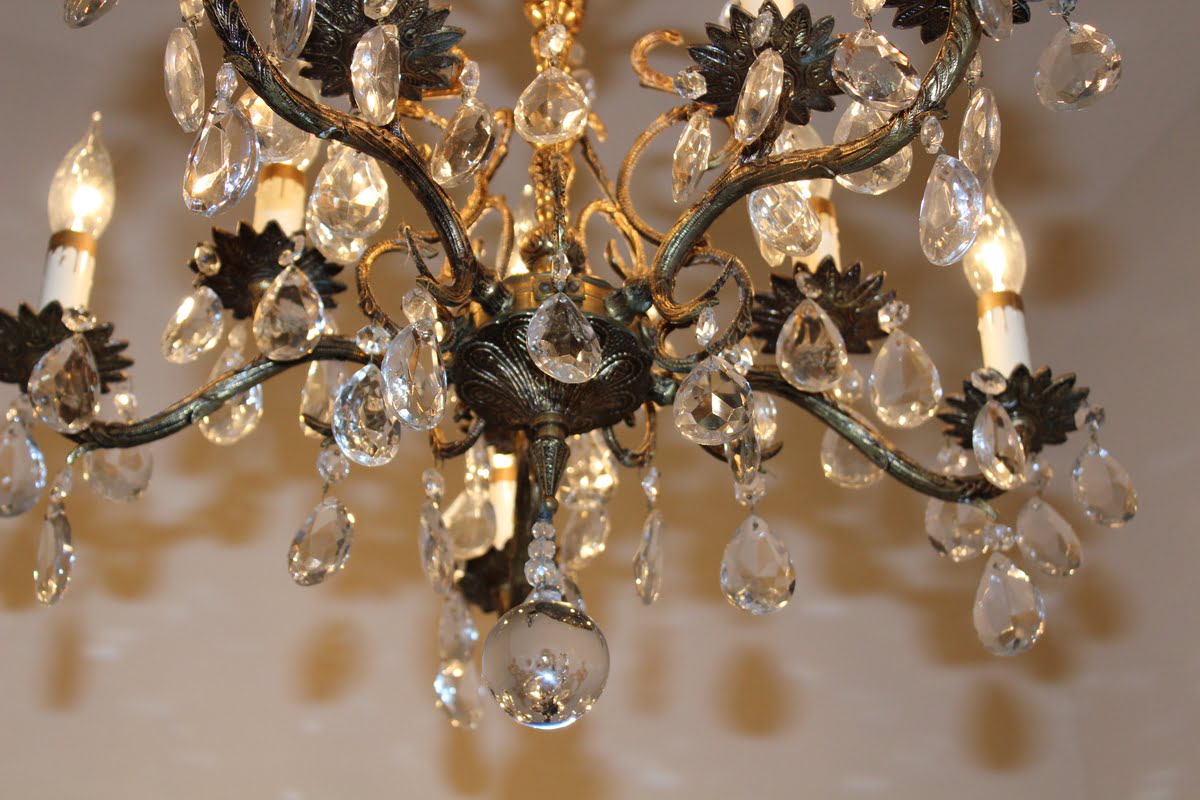

Furniture
What Are The Parts Of A Chandelier Called
Modified: March 2, 2024
Discover the different parts of a chandelier and their names. Enhance your knowledge of chandelier components and their functions. Find high-quality furniture chandeliers for your home.
(Many of the links in this article redirect to a specific reviewed product. Your purchase of these products through affiliate links helps to generate commission for Storables.com, at no extra cost. Learn more)
Introduction
Chandeliers are not just a source of light, they are also exquisite works of art that can transform the ambience of any space. These stunning fixtures add elegance and charm to dining rooms, living rooms, foyers, and even bedrooms. While chandeliers come in various sizes, shapes, and styles, they all share certain common parts that contribute to their overall design and functionality.
In this article, we will explore the different parts of a chandelier and delve into the significance of each element. From the canopy to the finial, we will unravel the mysteries behind these components, shedding light on their importance in creating a captivating lighting centerpiece.
If you have ever wondered what each part of a chandelier is called or how it contributes to its beauty and functionality, then read on to discover the secrets of these intricate and magnificent fixtures.
Key Takeaways:
- Chandeliers are intricate works of art, with each part serving a unique purpose in enhancing both the functionality and visual appeal of the fixture. From the canopy to the finial, every component contributes to the captivating and enchanting atmosphere created by chandeliers.
- Understanding the significance of each part of a chandelier allows for a deeper appreciation of the craftsmanship and artistry behind these stunning fixtures. Whether traditional or modern, chandeliers add elegance and sophistication to any space, making them a timeless and captivating lighting centerpiece.
Read more: What Are The Parts Of The Faucet Called?
Canopy
The canopy is the uppermost part of a chandelier, often attached to the ceiling. It serves both a functional and decorative purpose. Functionally, the canopy is designed to hide the electrical wiring and provide a secure attachment point for the chandelier. It is typically a small metal plate that covers the electrical box in the ceiling.
From a design perspective, the canopy plays a crucial role in enhancing the overall aesthetics of the chandelier. It can be ornately designed with intricate patterns or adorned with decorative elements such as crystals or filigree work. The choice of material for the canopy, such as brass, chrome, or brushed nickel, can also impact the chandelier’s style and visual appeal.
When selecting a chandelier, it’s important to consider the size and design of the canopy in relation to the overall dimensions of the fixture. A larger chandelier might have a more substantial canopy to provide balance and support, while a smaller chandelier may have a minimalistic canopy to maintain a sleek and refined look.
In terms of installation, the canopy is typically attached to the ceiling using screws or a mounting bracket. It is essential to ensure that the canopy is securely fastened to prevent any accidents or damage caused by the weight of the chandelier.
Overall, the canopy serves as the starting point for a chandelier’s structure, providing support and hiding the electrical components. Its design and material selection play a significant role in establishing the chandelier’s style and adding to its visual appeal.
Arms or Branches
The arms or branches of a chandelier are the extensions that protrude from the main body or stem. These arms are responsible for holding the light sources and distributing the illumination throughout the space.
When it comes to the design of the arms, there are various options available. Some chandeliers feature simple, straight arms that extend evenly from the central stem, while others have more elaborate and curvaceous shapes. The number of arms can vary depending on the size and style of the chandelier, ranging from a few arms to a dozen or more.
In terms of the materials used for the arms, they are commonly made of metal, such as brass, wrought iron, or chrome. The choice of material can greatly impact the overall aesthetic of the chandelier. For example, a brass chandelier with curved arms can add a touch of traditional elegance, while a chrome chandelier with sleek, straight arms can create a more modern and minimalist look.
It’s important to note that the length and positioning of the arms can also affect the distribution of light. Longer arms can create a wider spread of illumination, while shorter arms may focus the light in a more concentrated area.
In addition to their practical function, the arms of a chandelier are often adorned with decorative elements, such as scrollwork, crystals, or candle-style sleeves. These embellishments add to the chandelier’s visual appeal and can complement the overall theme or style of the space.
When choosing a chandelier, consider the design and arrangement of the arms to ensure a harmonious balance with the overall aesthetic of the room. Whether you prefer a sleek and modern design or a more ornate and traditional style, the arms of a chandelier play a significant role in its overall appearance and functionality.
Bobeches or Drip Pans
In the world of chandeliers, bobeches, also known as drip pans, add an extra touch of elegance and serve a practical function. These small, cup-shaped components are typically placed on the arms or branches of a chandelier, just below the candle sleeves or light bulb holders.
The primary purpose of bobeches is to catch any dripping wax or excess heat that may come from candle-style sleeves or traditional candle bulbs. They prevent the wax from reaching the arms or branches, protecting the chandelier’s finish and ensuring easier maintenance. In modern chandeliers, where electric bulbs are used instead of candles, bobeches still add a decorative element and create a cohesive look with traditional-style designs.
Bobeches come in various materials, including metal, glass, or crystal. Metal bobeches are often made from the same material as the chandelier’s frame, creating a cohesive appearance. Glass or crystal bobeches can add a touch of sparkle and enhance the overall elegance of the fixture.
Design-wise, bobeches can be plain and simple or intricately detailed with patterns and motifs. They can feature smooth surfaces or have decorative edges and scalloped rims. The choice depends on the style and theme of the chandelier and the desired effect you want to achieve in your space.
In some cases, bobeches may also serve as a decorative element, featuring additional hanging crystals or decorative accents. They can enhance the overall visual appeal of the chandelier and contribute to a more luxurious and glamorous look.
When considering a chandelier with bobeches, it’s essential to ensure that they are easily removable for cleaning and maintenance. Regular cleaning of bobeches is necessary to keep them free from dust and debris and maintain the chandelier’s pristine appearance.
Overall, bobeches or drip pans not only serve a functional purpose by protecting the chandelier from wax drips, but they also add a decorative accent that enhances the chandelier’s overall beauty and elegance.
Candle Sleeves or Covers
Candle sleeves, also known as candle covers or candle sleeves, are an essential part of a chandelier that mimics the appearance of traditional candles. These cylindrical covers are typically made of plastic or resin and fit over the light bulb holders or sockets on the arms of the chandelier.
The primary purpose of candle sleeves is to create a realistic and aesthetically pleasing look by imitating the appearance of candlesticks. They add a touch of charm and elegance to the chandelier, particularly in designs that evoke a classic or vintage style.
Candle sleeves can come in various colors and finishes, allowing you to customize the look of your chandelier. Some common options include white or ivory sleeves to emulate the appearance of wax candles, or metallic finishes like brass or silver for a more luxurious feel.
Additionally, candle sleeves can be decorative in nature. They may feature intricate patterns, faux-drip effects, or even be adorned with crystals or decorative accents. These details can further enhance the visual appeal of the chandelier and create a cohesive design with other elements, such as bobeches or the chandelier’s frame.
One important consideration when choosing candle sleeves is their size. It’s essential to select sleeves that fit the bulb holders properly and are proportionate to the overall size of the chandelier. Ill-fitting candle sleeves can disrupt the visual harmony and compromise the safety of the fixture.
When it comes to maintenance, cleaning candle sleeves is relatively easy. Regular dusting or wiping with a clean cloth can keep them free from dirt and debris. However, it’s important to ensure that the chandelier is disconnected from the power source before performing any maintenance tasks.
In summary, candle sleeves play a significant role in the overall appearance of a chandelier, adding a touch of elegance and emulating the timeless beauty of traditional candle lighting. Whether choosing simple and classic sleeves or ornate and decorative ones, the sleeves contribute to the chandelier’s charm and create an inviting ambiance in any space.
Read more: What Are Parts Of Stairs Called
Body or Stem
The body or stem of a chandelier is the central part that connects various components and provides the overall structure and support for the fixture. It is the backbone of the chandelier and contributes to both its aesthetic appeal and functionality.
The body or stem of a chandelier can come in various styles, shapes, and materials, depending on the design and theme. It is often made of metal, such as brass, bronze, or wrought iron, which provides durability and stability. The material chosen can greatly impact the chandelier’s overall style, whether it is traditional, modern, rustic, or industrial.
One common design element found in the body or stem is its vertical arrangement. Chandelier stems can be straight or curved, allowing for a wide range of design possibilities. Straight stems create a sleek and modern appearance, while curved stems can add a touch of elegance and classic charm.
In terms of height, the stem of a chandelier can vary depending on the specific design and installation requirements. It is important to consider the dimensions of the space where the chandelier will be installed to ensure proper proportion and clearance.
Furthermore, the body or stem of a chandelier may be adorned with decorative elements such as scrollwork, crystals, or filigree designs. These embellishments add to the visual appeal of the chandelier and contribute to its overall beauty.
The functionality of the body or stem lies in providing a secure attachment for the arms, as well as housing the electrical wiring and connectors. It is crucial to ensure that the stem is properly installed and robust enough to support the weight of the chandelier.
When selecting a chandelier, pay attention to the style and design of the body or stem, ensuring that it complements the overall theme of the room. Whether you prefer a minimalist and sleek design or a more intricate and decorative style, the body or stem of a chandelier is a key component that adds to its beauty and functionality.
The main parts of a chandelier are the canopy, chain, body, arms, bobeche, and crystals. Familiarizing yourself with these terms can help you better understand and describe different chandelier styles.
Prism
One of the most eye-catching and mesmerizing elements of a chandelier is the prism. Prisms are decorative glass or crystal pieces that hang from the arms or branches of the chandelier. They are designed to refract and reflect light, creating dazzling and radiant displays.
Prisms come in various shapes and sizes, including teardrop, diamond, or rectangular. They are often faceted, which allows them to catch and disperse light in multiple directions, creating a beautiful prism effect. The facets can range from simple and understated to intricate and elaborate, depending on the style of the chandelier.
The primary purpose of prisms is to enhance the visual appeal of the chandelier by adding sparkle and brilliance. When light passes through the prism, it is refracted and dispersed into its spectral colors, creating a stunning display of rainbows and hues. This effect can add a touch of magic and enchantment to any space.
In addition to their aesthetic value, prisms also have a functional purpose. They can help to distribute light more evenly throughout the room, enhancing the chandelier’s overall illumination. They can also serve as focal points, drawing attention to specific areas or features of the chandelier.
Prisms are often made of glass or high-quality crystal, which adds to their reflectivity and luminosity. The choice of material can greatly impact the quality and brilliance of the prism effect. Additionally, prisms may be clear or colored, allowing you to customize the look and ambiance of the chandelier.
When it comes to cleaning prisms, it’s important to handle them with care. They can be delicate and prone to breakage, so it’s advisable to remove them from the chandelier and clean them individually. Use a soft cloth or a mild glass cleaner to gently wipe away dust and smudges, taking care not to scratch or damage the surface.
Overall, prisms are captivating and enchanting components of a chandelier. Their ability to refract and disperse light adds a mesmerizing and elegant touch to any space, making the chandelier a focal point and creating a truly magical atmosphere.
Crystal
When it comes to luxury and elegance, crystals are the epitome of opulence in chandelier design. Crystals are exquisite, transparent stones that are often used as decorative elements in chandeliers, adding a touch of glamour and sparkle to the overall aesthetic.
Crystals used in chandeliers are typically made from glass that has been treated to enhance its clarity and brilliance. The quality of the crystal can vary, with higher-grade crystals offering superior clarity, refraction, and shine. Some of the most well-known crystal brands include Swarovski and Asfour, renowned for their exceptional quality and craftsmanship.
The use of crystals in a chandelier can transform it into a beautiful light sculpture. The crystals are strategically placed throughout the fixture, either hanging from the arms or forming decorative accents on the frame. They catch and reflect light, creating an enchanting play of colors and a mesmerizing display.
There are various types of crystals used in chandeliers, each with its unique characteristics. Here are a few popular ones:
- Clear Crystals: Clear crystals are the most common and versatile. They offer a timeless elegance, reflecting and refracting light for a dazzling effect.
- Colored Crystals: Colored crystals, such as amber, blue, or pink, add a playful and vibrant touch to chandeliers. They can complement the color scheme of the room and create a more personalized look.
- Faceted Crystals: Faceted crystals with multiple geometric cuts maximize the reflection and refraction of light, creating a brilliant and radiant display.
- Prismatic Crystals: Prismatic crystals feature intricate cuts and shapes that further enhance the dispersion of light, creating a stunning prism effect.
Cleaning and maintaining crystal elements of a chandelier require delicate care. Regular dusting with a soft, lint-free cloth or a feather duster can help keep the crystals clean and free from debris. For a deeper cleaning, a mixture of mild soap and warm water can be used. It’s important to avoid harsh chemical cleaners or abrasive materials that can damage the crystals’ surfaces.
Crystals are not only visually striking but also add a sense of luxury and sophistication to a chandelier. Their ability to capture and reflect light elevates the overall ambiance of a room, creating a captivating and enchanting atmosphere.
Finial
The finial is a small but significant component of a chandelier that adds the perfect finishing touch. Located at the very bottom of the fixture, the finial serves both a functional and decorative purpose.
Functionally, the finial acts as a nut or screw that holds the chandelier together. It secures the various parts, such as the body or stem, arms, and decorative elements, ensuring that the chandelier remains stable and intact.
While the primary function of the finial is structural, it is also an opportunity to enhance the chandelier’s overall design. Finials come in various shapes, sizes, and materials, allowing for customization based on the style and theme of the chandelier.
Common materials for finials include metal, such as brass or chrome, which can seamlessly blend with the chandelier’s frame. They can also be made of crystal or glass, adding an extra touch of elegance and sparkle. Other possibilities include finials adorned with decorative elements such as filigree designs, ornate patterns, or hanging crystals.
In terms of shape, finials can be simple and understated, like a rounded knob or a cone, or they can be more elaborate and intricate, featuring decorative patterns or embellishments. The choice of shape depends on the desired aesthetic and the overall style of the chandelier.
When it comes to installation, the finial is typically attached at the bottom of the chandelier, securing the various components together. It is essential to ensure that the finial is tightened properly to ensure stability and prevent any accidents or damage caused by loosening over time.
The finial may seem like a small detail, but it plays a crucial role in completing the look of a chandelier. Its design and material selection can add the perfect finishing touch, elevating the overall aesthetics and cohesiveness of the fixture.
When choosing a chandelier, pay attention to the finial and consider how it complements the overall design. Whether you prefer a simple and understated finial or a more elaborate and decorative one, the finial is the final element that completes the chandelier’s visual impact.
Read more: What Are The Parts Of Stemware Called?
Chain
The chain is an essential component of a chandelier, providing both functional and design elements to the fixture. It serves as the means of suspension, allowing the chandelier to hang from the ceiling and providing flexibility in terms of height adjustment.
Functionally, the chain supports the weight of the chandelier, ensuring its stability and safe installation. It is typically made of metal, such as brass or steel, which provides strength and durability. The chain is attached to the canopy at the top of the chandelier and is often adjustable in length, allowing for customization to fit the ceiling height and desired placement of the fixture.
When it comes to the design aspect, the chain can contribute to the overall aesthetics of the chandelier. It can be simple and modest, blending seamlessly with the rest of the fixture, or it can be ornate and decorative, featuring intricate patterns or embellishments.
Some chandeliers even incorporate the chain as a design element, showcasing unique twists, loops, or interlocking links that add to the visual appeal. The choice of chain design depends on the desired style and theme of the chandelier and the overall ambiance of the room.
In addition to its structural and design functions, the chain also plays a practical role in chandelier installation and maintenance. Its adjustable length allows for easy installation, accommodating different ceiling heights. The chain can be shortened or lengthened as needed to ensure the chandelier is positioned at the desired level.
Furthermore, the chain can be detached for cleaning or maintenance purposes. Regular dusting or wiping with a soft cloth can help keep the chain clean and free from debris. It is important to follow proper safety precautions and ensure the chandelier is disconnected from the power source before undertaking any maintenance tasks.
Ultimately, the chain is an integral part of a chandelier, providing the means of suspension and adding to the overall design and functionality of the fixture. Its strength, adjustability, and visual impact contribute to the chandelier’s presence and make a statement in any space.
Canopy Plate
The canopy plate, also known as the ceiling plate or ceiling mount, is an important component of a chandelier that serves as the interface between the chandelier and the ceiling. It is the element that connects and secures the chandelier to the electrical box in the ceiling.
The primary function of the canopy plate is to provide support and stability for the chandelier. It acts as a mounting base, distributing the weight of the chandelier evenly across the ceiling and ensuring its safe installation. The canopy plate is typically made of metal, such as brass or steel, which provides the necessary strength and durability.
Design-wise, the canopy plate comes in various shapes and finishes to match the style of the chandelier and the overall aesthetic of the room. It can be round, square, or a decorative shape, such as a floral or geometric design. The choice of finish, such as brushed nickel, antique brass, or polished chrome, complements the chandelier’s material and enhances its visual appeal.
In addition to its functional role, the canopy plate can also serve as a decorative element in its own right. Many chandeliers feature canopy plates that are embellished with intricate patterns, decorative elements, or texture to add to the overall design and create a cohesive look with the rest of the fixture.
During installation, the canopy plate is attached to the ceiling with screws or bolts, securely fastening it to the electrical box. It is important to ensure that the canopy plate is properly aligned and tightly anchored to prevent any accidents or damage caused by the weight of the chandelier.
It is worth mentioning that some chandeliers may also include additional hardware, such as a decorative chain cover or a medallion, to further enhance the appearance of the canopy area and create a polished and finished look.
Overall, the canopy plate is a crucial part of a chandelier that provides both functionality and aesthetics. It securely mounts the chandelier to the ceiling while adding to its visual appeal and creating a seamless and harmonious connection between the fixture and the room.
Conclusion
Chandeliers are not just lighting fixtures, they are artistic masterpieces that can elevate the ambiance and aesthetics of any space. Understanding the various parts of a chandelier and their significance allows us to appreciate the complexity and beauty of these captivating fixtures.
From the canopy that hides the wiring and adds a decorative touch, to the arms or branches that hold the light sources, each part plays a crucial role in the overall structure and functionality of the chandelier. Bobeches or drip pans protect the chandelier from wax drips, while candle sleeves or covers emulate the elegance of traditional candles. The body or stem provides the foundation and support, and the prism and crystal elements reflect and refract light, creating dazzling displays. The finial adds the final touch, and the chain suspends the chandelier in graceful fashion, while the canopy plate securely connects it to the ceiling.
Throughout history, chandeliers have evolved in design and style, reflecting the changing tastes and trends of different eras. From classic and traditional to modern and contemporary, there is a chandelier to suit every aesthetic preference and complement any interior design.
When selecting a chandelier, it is essential to consider not only its visual appeal but also its functionality and how it fits within the space. Whether you choose a grand and ornate crystal chandelier for a luxurious dining room or a sleek and minimalist design for a modern living room, each part contributes to the overall statement and atmosphere.
Regular maintenance and cleaning of a chandelier, including dusting delicate elements like prisms and crystals, help to preserve its beauty and ensure it continues to shine brilliantly for years to come.
In conclusion, understanding the different parts of a chandelier gives us a deeper appreciation for the craftsmanship and artistry behind these fascinating lighting fixtures. Whether used as a focal point in an entryway or as a centerpiece above a dining table, chandeliers add a touch of elegance and sophistication to any space, creating a captivating and enchanting atmosphere.
Frequently Asked Questions about What Are The Parts Of A Chandelier Called
Was this page helpful?
At Storables.com, we guarantee accurate and reliable information. Our content, validated by Expert Board Contributors, is crafted following stringent Editorial Policies. We're committed to providing you with well-researched, expert-backed insights for all your informational needs.
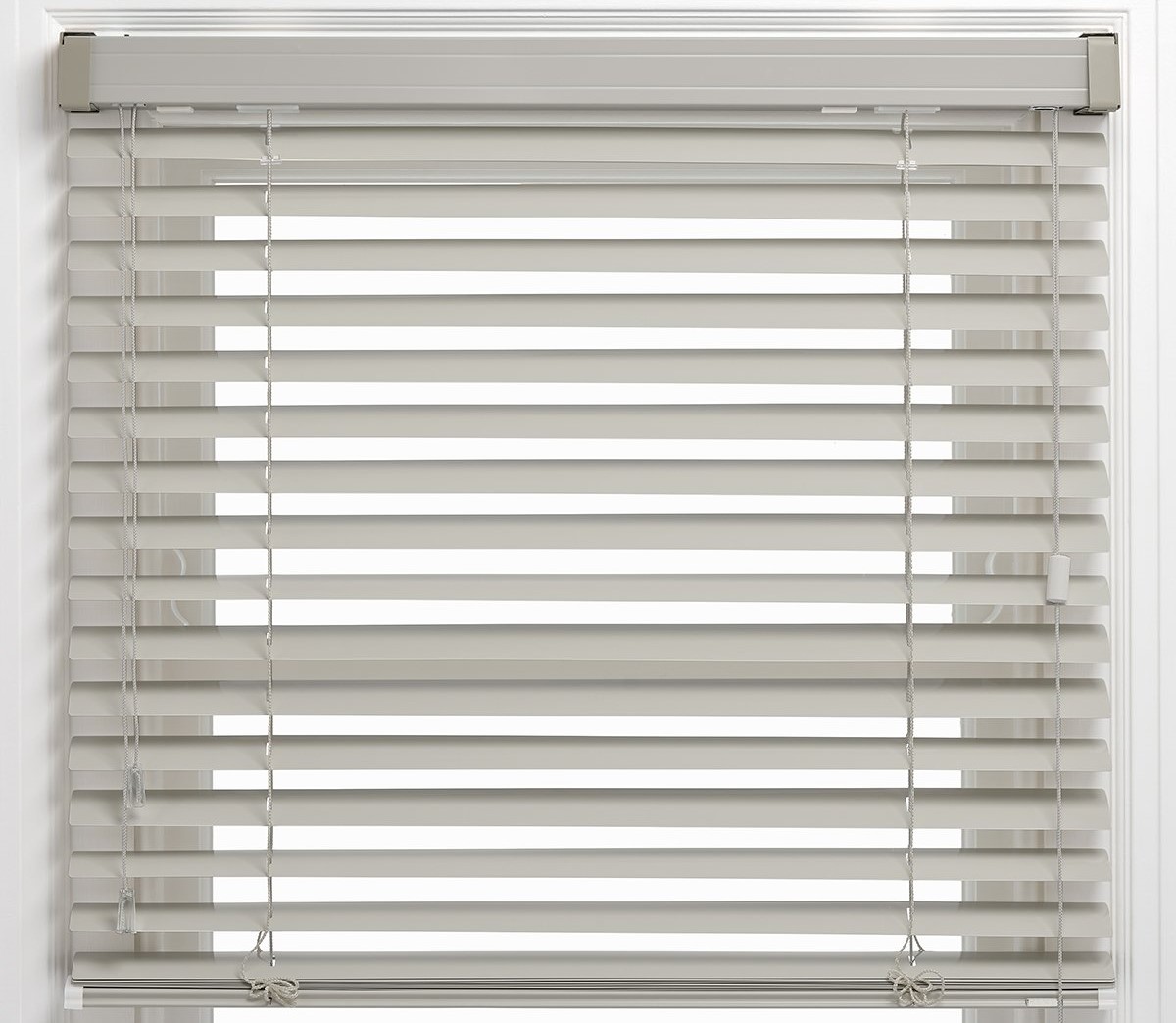
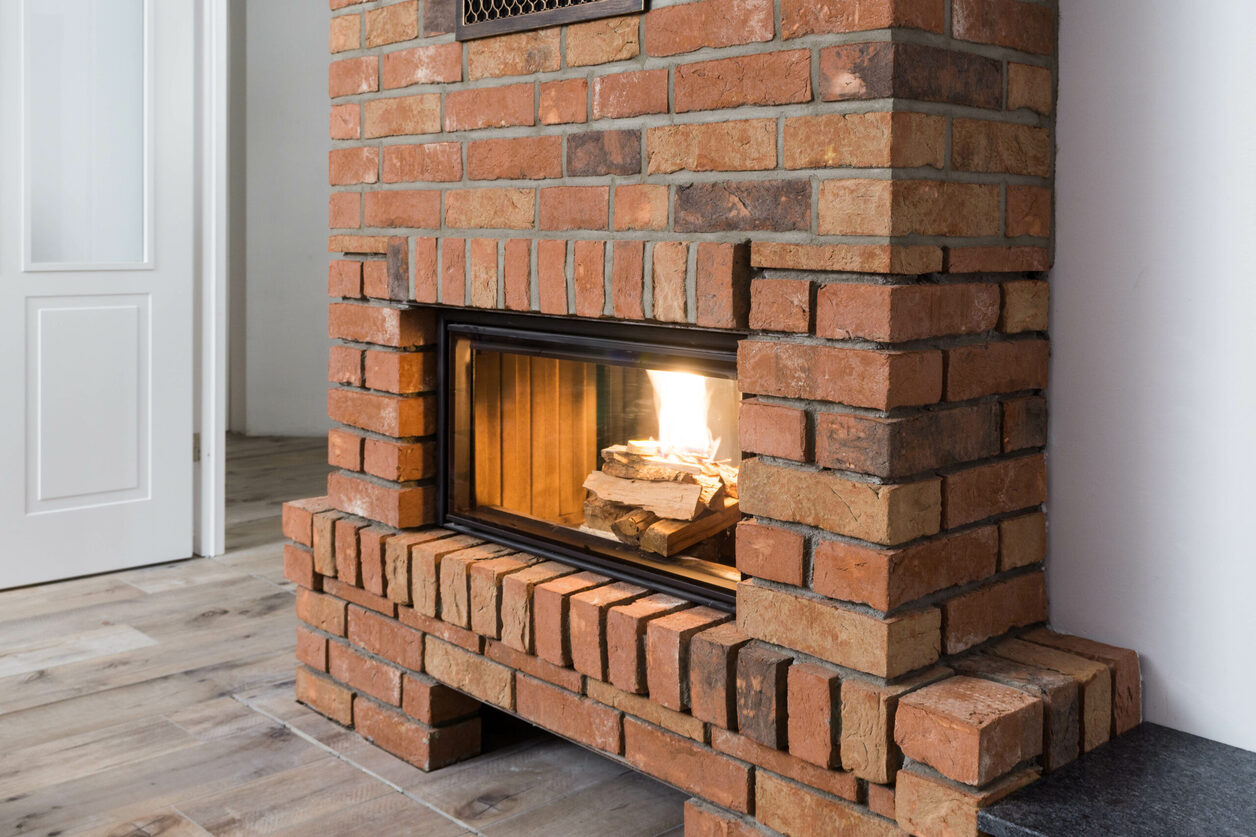
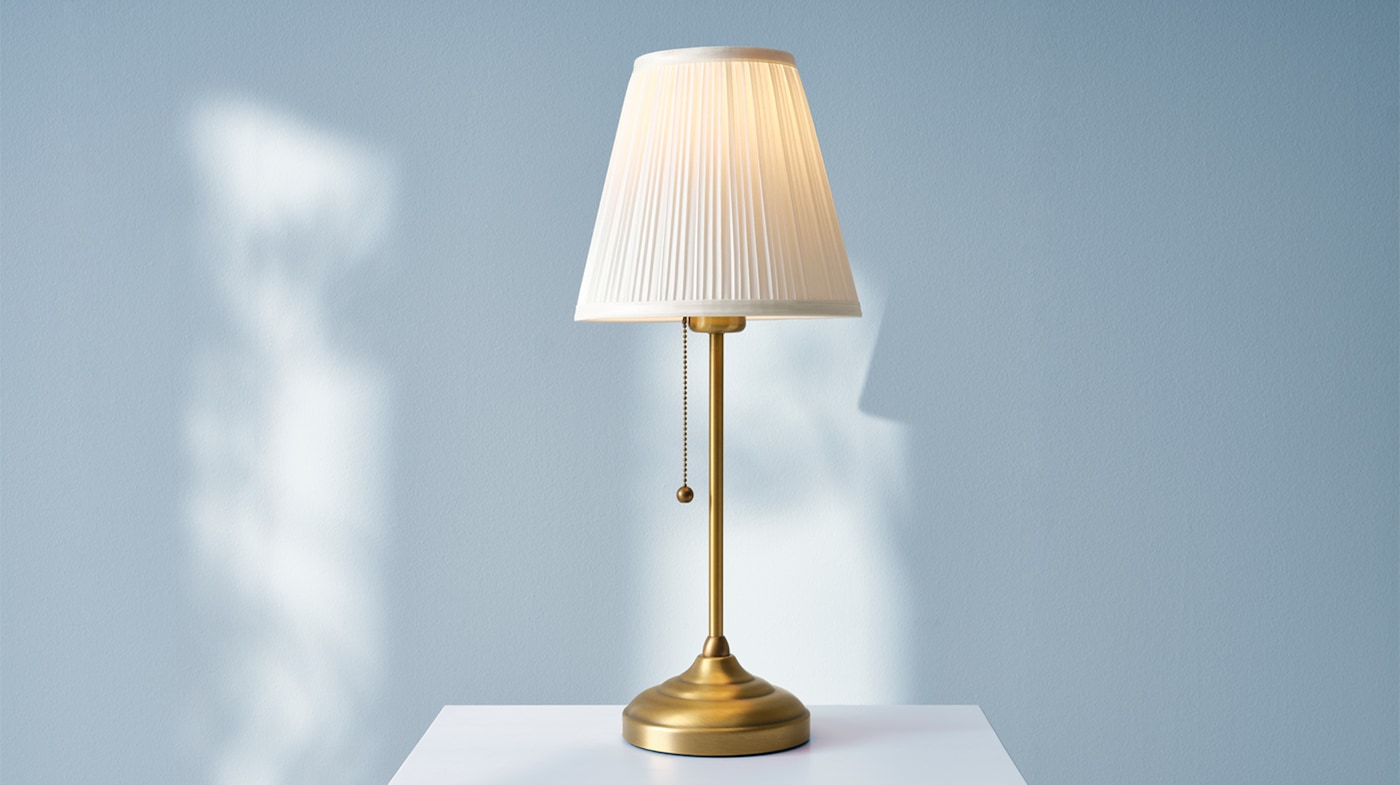
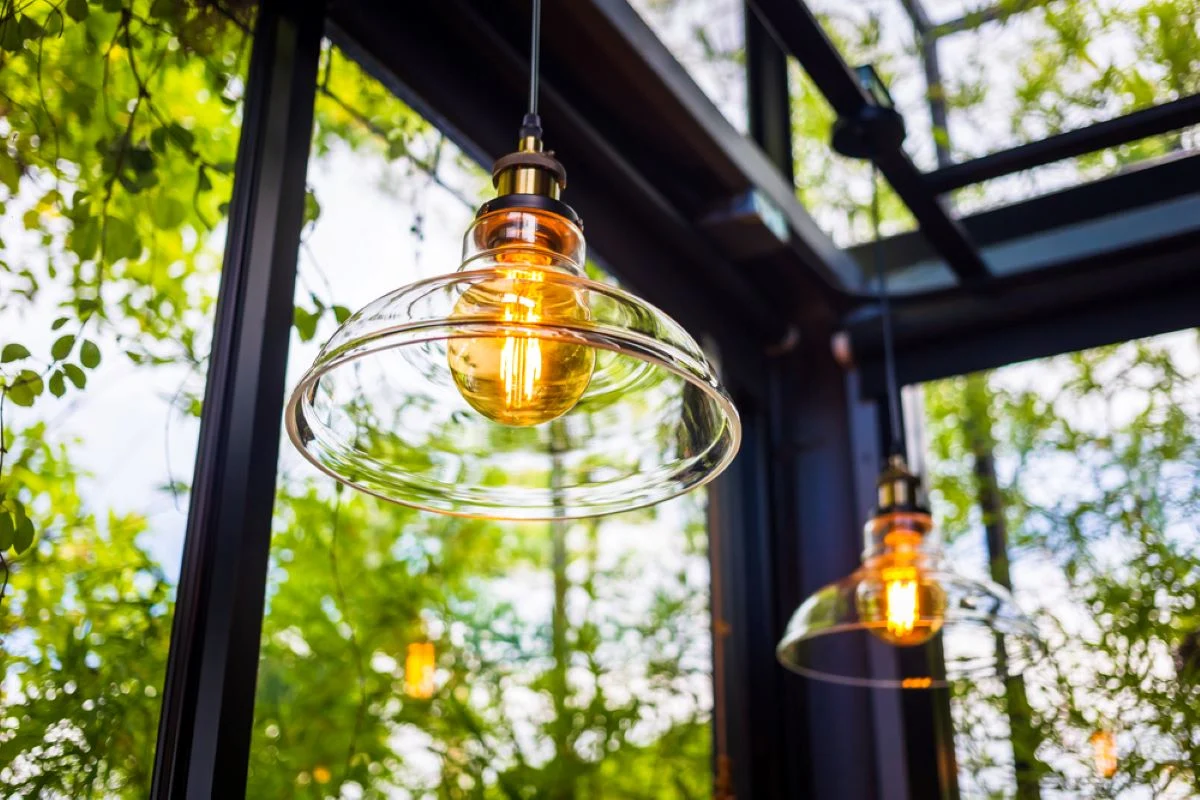

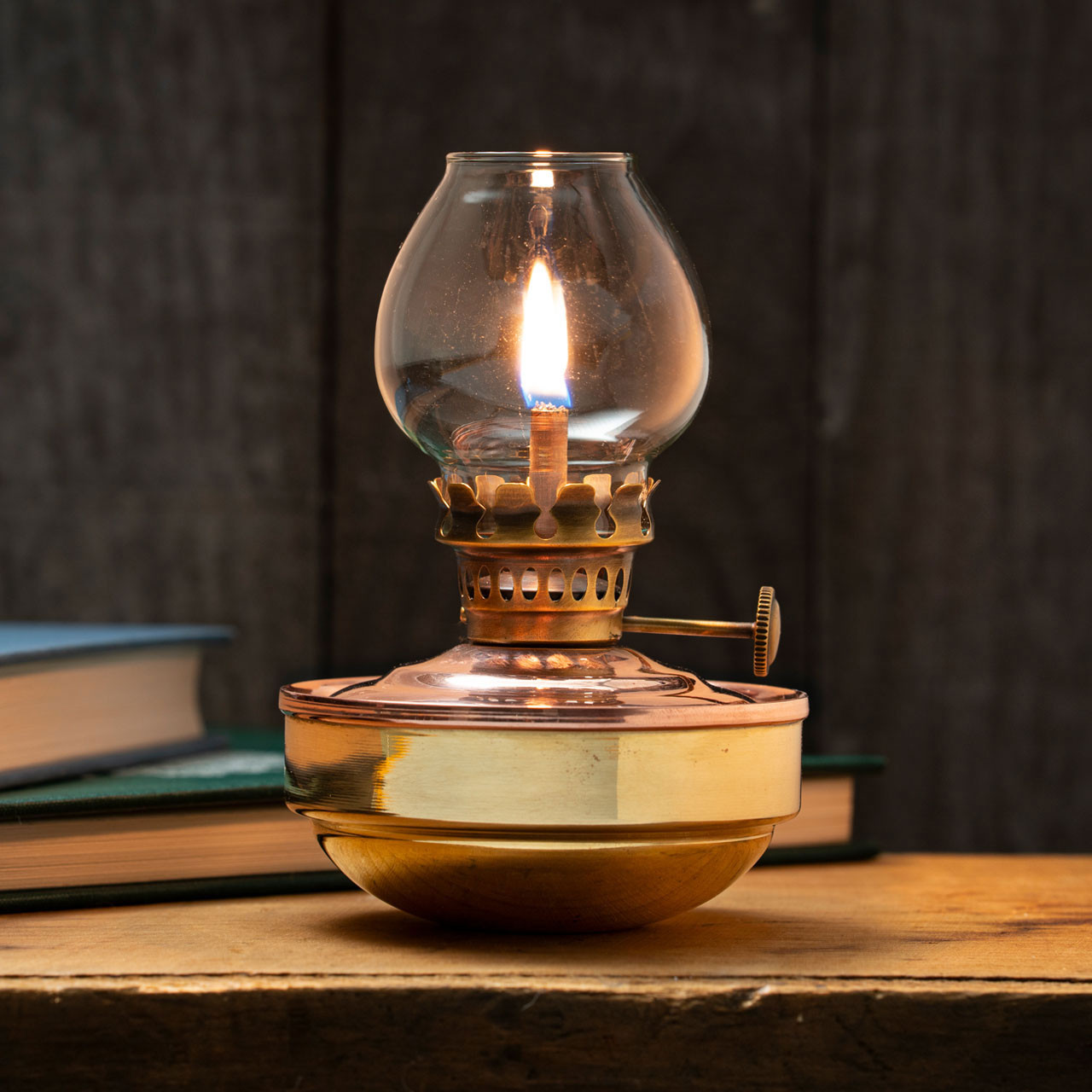

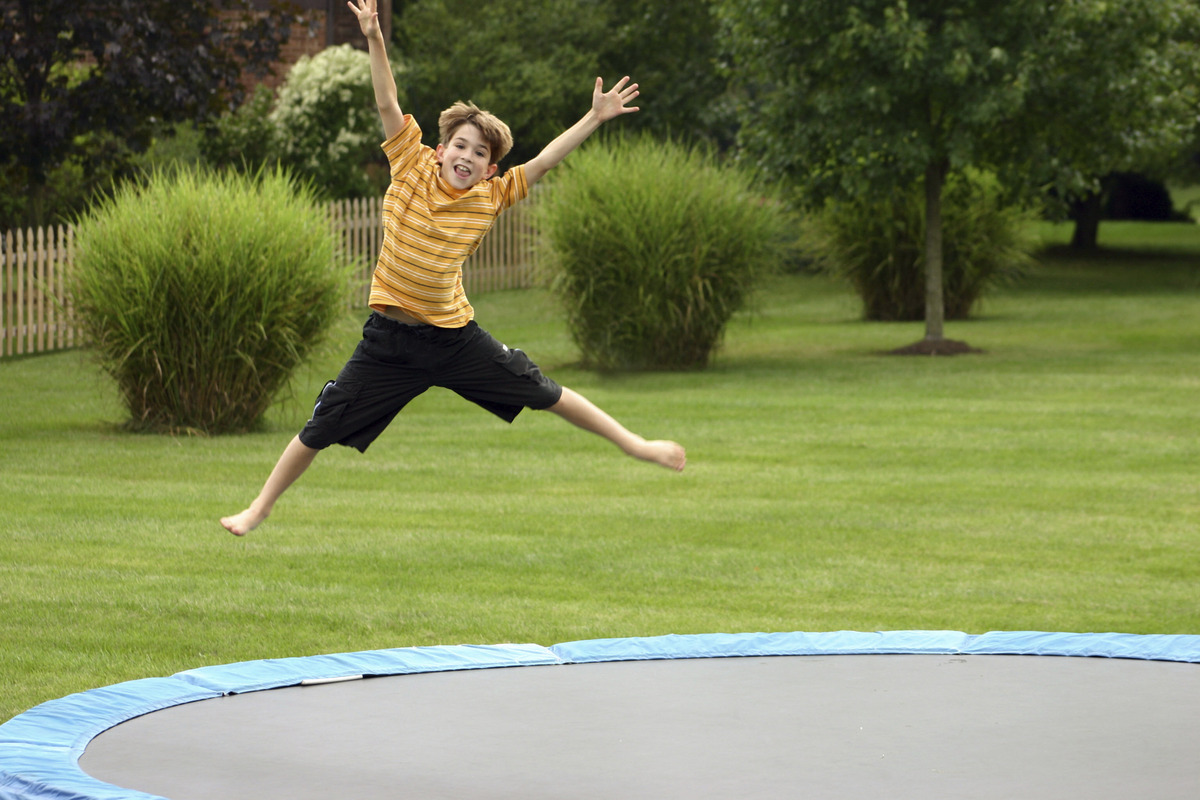



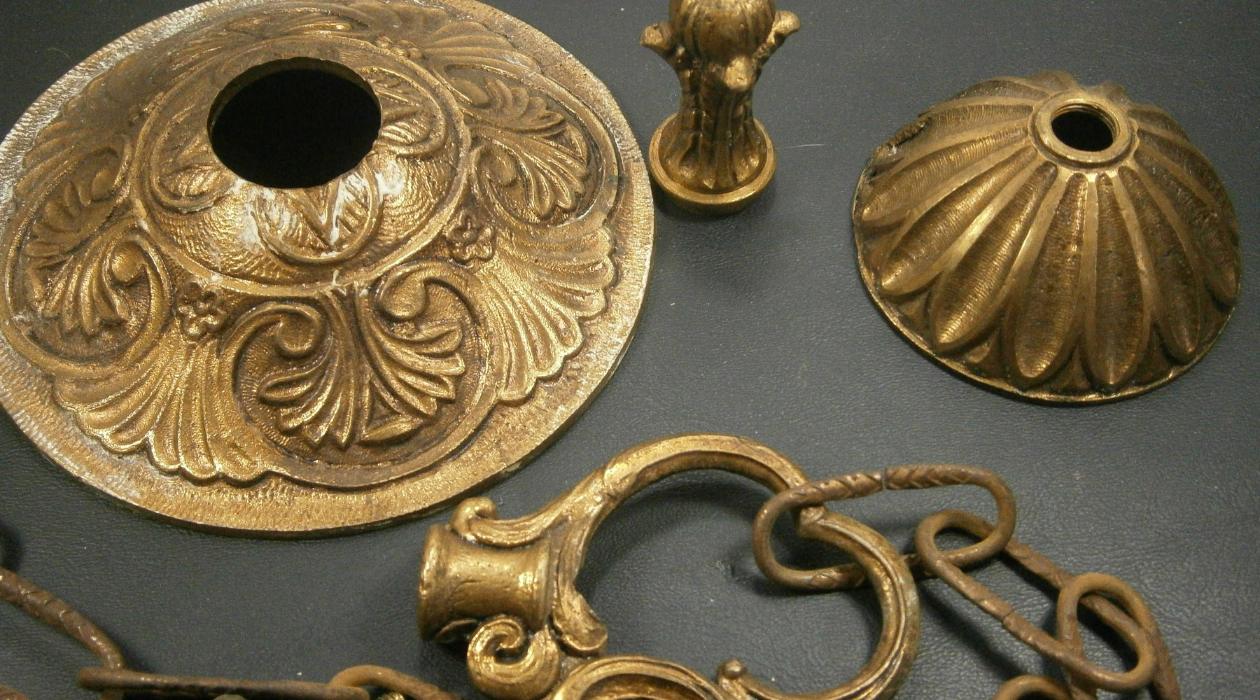
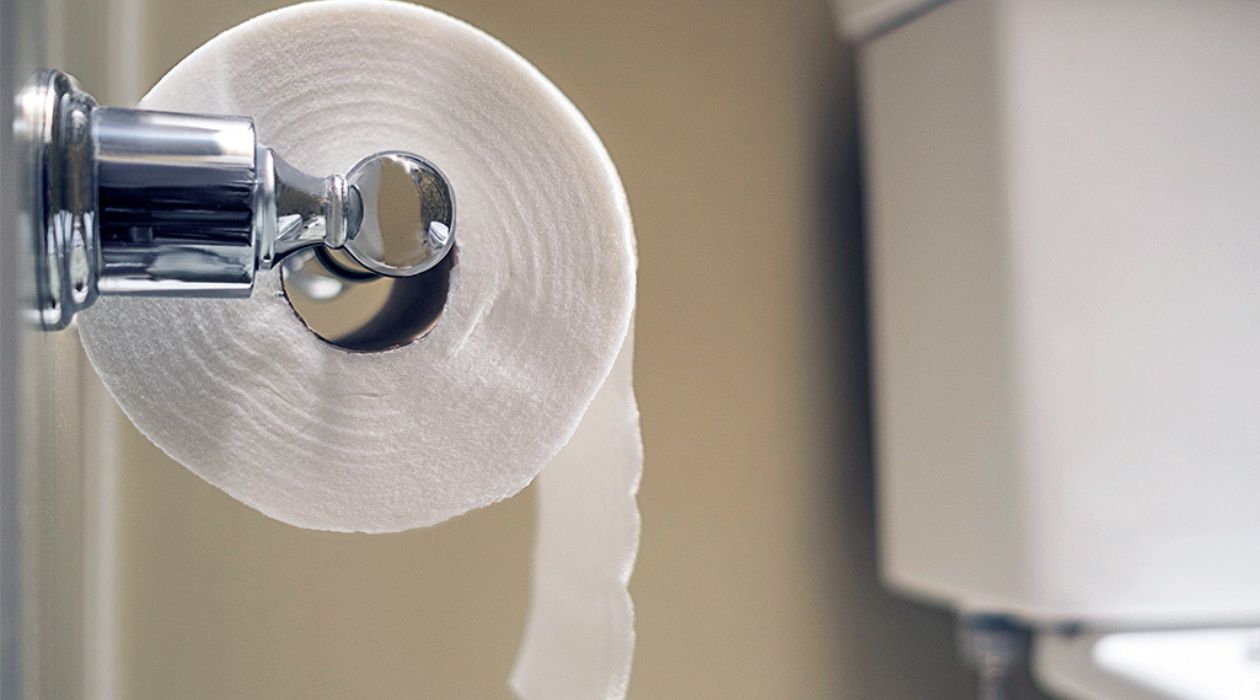

0 thoughts on “What Are The Parts Of A Chandelier Called”